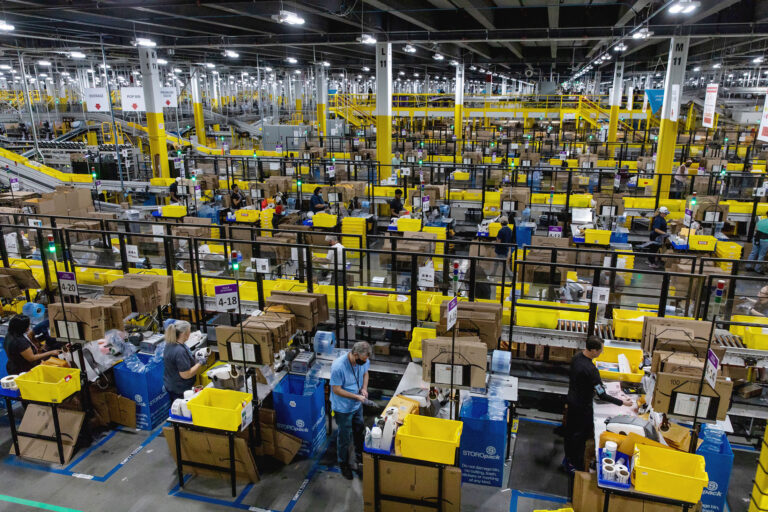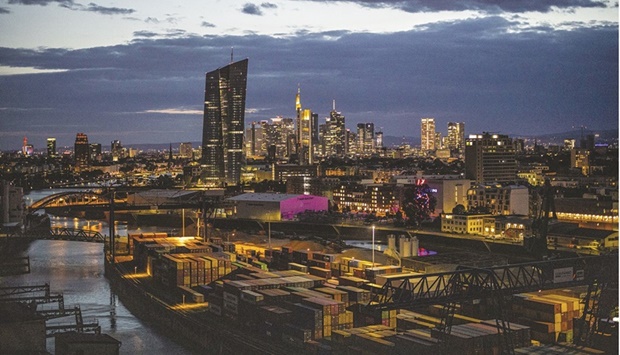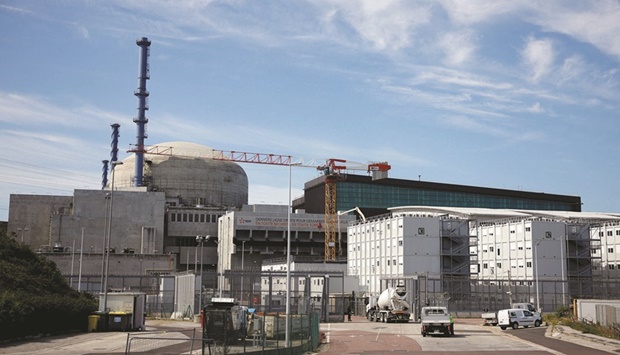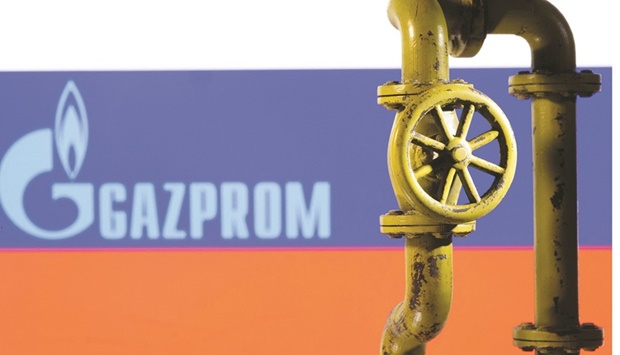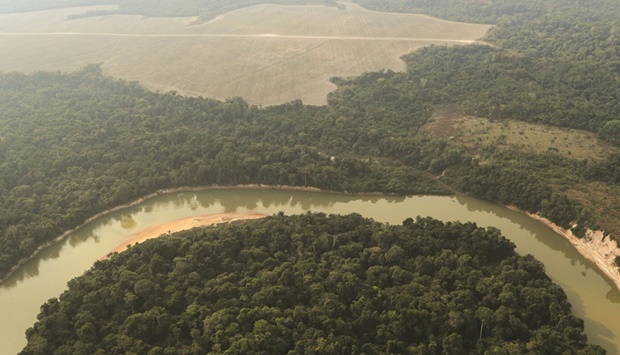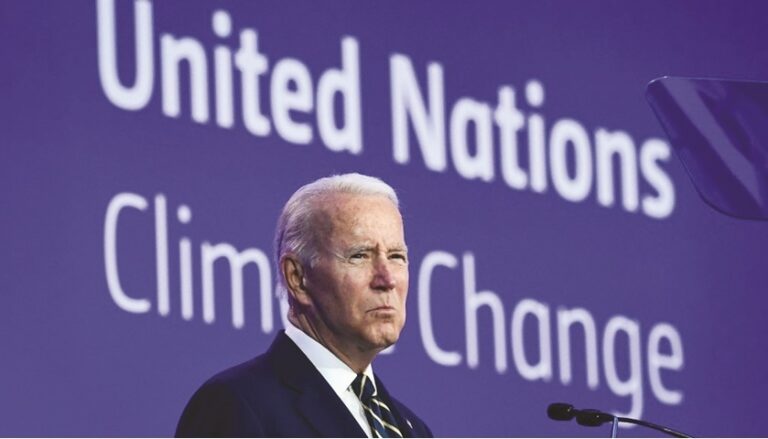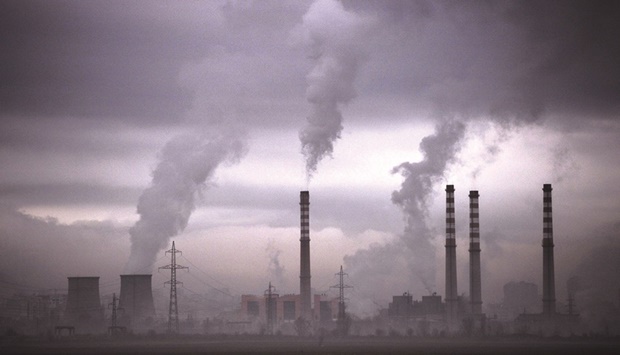Brazil’s Climate Push Must Start at Home
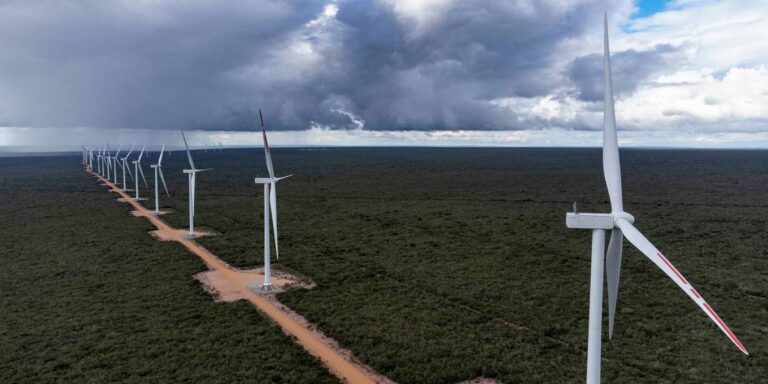
As the current G20 president and host of next year’s United Nations Climate Change Conference, Brazil has sought to establish itself as a global climate leader. But to have the biggest impact, Luiz Inácio Lula da Silva’s government must lead by example, which means committing to ambitious emissions targets and energy policies.
AMSTERDAM – Ever since Brazilian President Luiz Inácio Lula da Silva returned to office in 2023 and told the world that Brazil is “back on the world stage,” the government has endeavored to establish itself as a global climate leader. As the current G20 president, Brazil is pushing for a sustainable bioeconomy and scaled-up climate finance – goals that it will surely continue to pursue as the host of next year’s United Nations Climate Change Conference (COP30). Moreover, the country recently formed a troika with the hosts of COP28 (the United Arab Emirates) and COP29 (Azerbaijan) to preserve the Paris climate agreement’s goal of limiting global warming to 1.5º Celsius.
The Brazilian government has not been afraid to challenge rich countries and individuals as part of its efforts to halt the rise in global temperatures. But to have the biggest impact, Brazil must lead by example. As the saying goes, charity begins at home. The timing could not be better: countries must submit more ambitious 2035 emissions-reduction targets, known as nationally determined contributions (NDCs), by February 2025.
The need to cut greenhouse-gas (GHG) emissions has never been more urgent for Brazil, which was recently hit by record flooding and has been fighting devastating forest fires for weeks. To be sure, investing in adaptation and resilience requires increased financial flows from the wealthy countries responsible for the bulk of historic pollution to vulnerable countries suffering the worst effects of global warming. But reducing fossil-fuel emissions and extraction, which has harmed traditional and indigenous communities’ health, destroyed their land, and diminished their capacity to provide for their families, is also a matter of economic and social development. Brazil must devise an energy policy that works for these communities.
The share of electricity generated from wind and solar power is expanding rapidly, and these renewable-energy sources are becoming cheaper by the day. Brazil has abundant sun and wind and the tools to operate these technologies successfully. But, equally important, local communities are already expanding clean-energy infrastructure and have created innovative and effective solutions to participate in the decarbonization decision-making process.
Various community-led and decentralized clean-energy projects, often developed in partnership with NGOs, are being launched across Brazil, from isolated villages in the Amazon to densely populated favelas (informal settlements) in Rio de Janeiro. At the same time, the country’s indigenous peoples have developed robust consultation protocols for the design and implementation of public and private renewable-energy projects on their land.
Last year, COP28 closed with an agreement to “transition away from fossil fuels” – the first time such a call has been made at the climate summit – and to triple renewable energy and double energy efficiency by 2030. To honor that agreement, Lula’s government must challenge the false notion that fossil fuels are necessary for development and can complement efforts to scale up and provide equitable access to community-centered renewable energy.
To show the world that Brazil can lead the global renewable-energy transition by example, its updated NDC must commit to bold action, such as stopping new fossil-fuel projects and shutting down existing ones, and deploying the resources required to meet the global goal of tripling renewable-energy generation. Moreover, to advance the goal of energy justice, the government should implement policies aimed at ensuring that solar and wind power reaches vulnerable communities.
If the Brazilian government creates a national platform that provides operational support to these clean-energy solutions, the country can show the world that it is possible to decarbonize while putting people first. In fact, this is not only possible but essential.
A few years ago, the world came together to combat the COVID-19 pandemic. Governments quickly poured resources into vaccine development and production, successfully creating the tools to solve a novel problem in record time. In this case, the world has everything it needs to accelerate the energy transition and limit global warming; all that it is missing is the political will to commit to – and follow through on – ambitious targets and policies. Brazil can and should be one of the first countries to demonstrate it.
